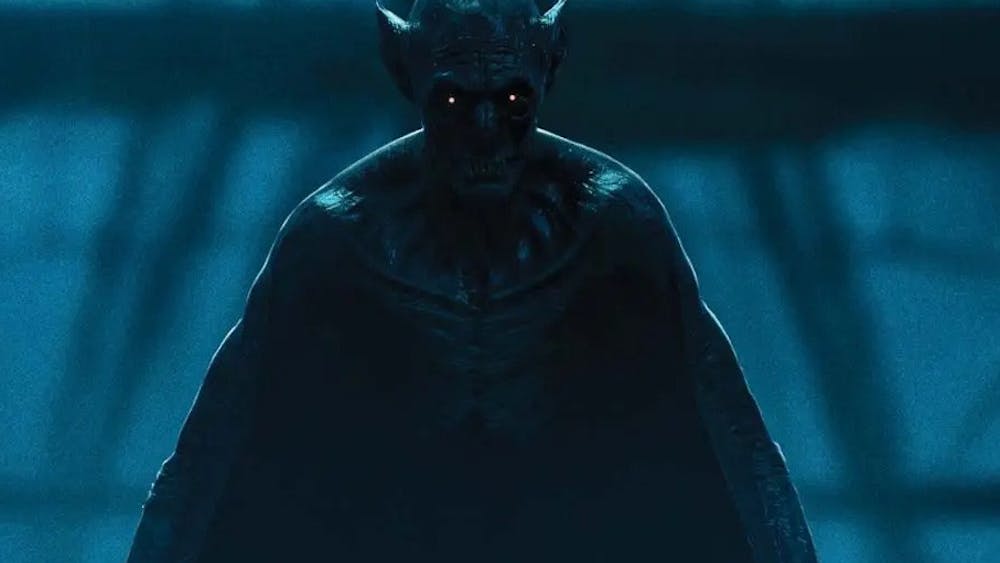We all know the scene: late 60's, disillusioned youth, free love; these themes have become well-established cultural icons of yesteryear. There are so many examples of movies which cover this subject matter that there's almost a '60s genre. \nBut "Zabriskie Point" (1969) did a nice job of staying away from heavily explored territory and focused more on the psychology and atmosphere of the time, without bogging the viewer down with moralizing ideas or one-sided characters. \nAt 7 p.m. last Thursday, the French and Italian Department's Italian Cinema series played the film, which was the work of director and co-writer Michelangelo Antonioni. The picture starred Mark Frechette, Daria Halprin and Rod Taylor. This semester the biweekly series showcases the work of master Italian directors, works that were filmed in the United States and spoken in English. \n"Zabriskie Point" is a relatively unknown movie by the great Antonioni. This was only his second venture into the English language, and it had the big-budget backing of Hollywood. The film was not a critical or commercial success, partly because of its weak structure. It's also clear that the director hadn't quite mastered the rhythms and details of English. The characters often spoke flatly and unnaturally, and the long pauses in dialogue which could have been reflective more often than not ended up sour. \nFrechette plays a rebellious youth suspected of shooting a police officer during a Berkeley riot. He flees by steeling a plane and then flies over Death Valley, where he chances over Halprin driving on the highway. They spend the day at Zabriskie Point, one of the lowest places in Death Valley, have a brief but passionate romance, and then part before evening. Then they both return to the world. \nThe simplicity of the plot doesn't limit the film's intensity. The in-between moments of the scenes are often the most memorable, and the substance of the film comes more from details and images rather than from themes or ideas. In one haunting scene, Halprin chases a group of outcast children through the desert, and then passes a boy who plucks on the strings of a broken piano. \nMost interesting was a long, dreamlike scene of a house blowing up in slow motion. \nI know; it sounds lame. But all the items of the house, even a loaf of "Wonderbread," performed a beautiful and explosive ballet of motion. And it clearly highlighted the frustration the youth felt with the world in the '60s -- where human warmth had to be searched for far away from the competitive confines of the modern world.
'Zabriskie Point' puts spin on '60s
Get stories like this in your inbox
Subscribe





